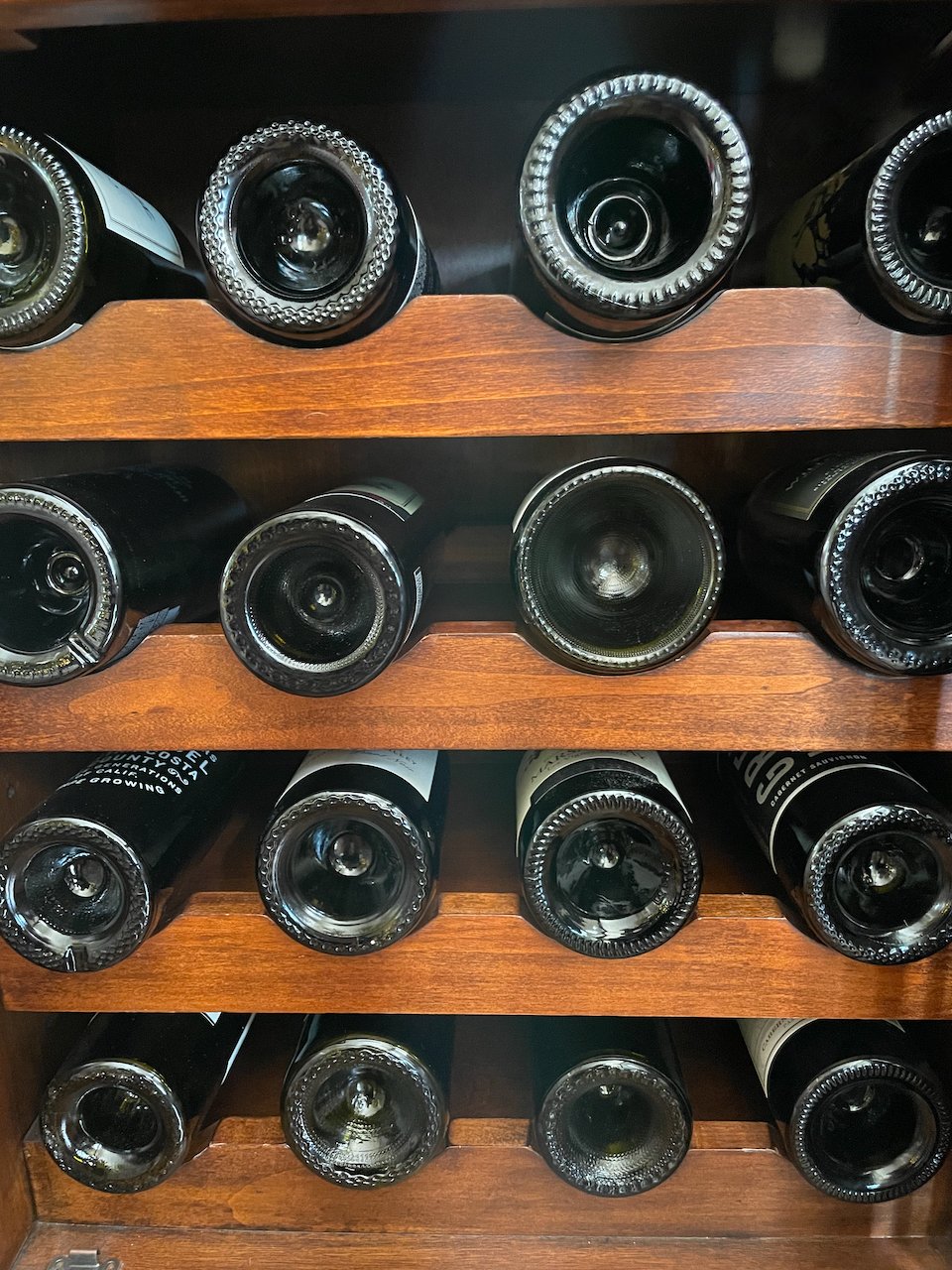A few months back a friend of mine told me that, in the past, he really didn’t like white wine. He said white wines just didn’t have as much flavor as red wines. He preferred the flavors of a red wine.
But, on a wine tasting trip he went ahead and tried a Chardonnay. And he really liked it!
What was immediately obvious to him was that the Chardonnay was very lightly chilled as opposed to refrigerator temperature.
His experience with white wines had all been with very cold white wines. And the chill had taken all the flavor out of the wine.
This is indeed true. And, often the reason that people like their wines (including red wines) heavily chilled — to make them have less flavor.
So, the answer to the question is no, white doesn’t have to be chilled at all. But a light chill will allow you to experience the white wine as it was intended by the winemaker.
A rule-of-thumb that I’ve always used is that for white wine is that you should take the bottle out of a standard refrigerator (which is typically 35-40 degrees F) approximately 30 minutes before you want to serve it. That should leave a chill on it. Or, if you own a wine refrigerator, you probably already know that it should be set to approximately 50 degrees F for white wines.
But, as my friend found out, the serving temperature of wine generally is a matter of personal preference. Whatever your preference, enjoy!





